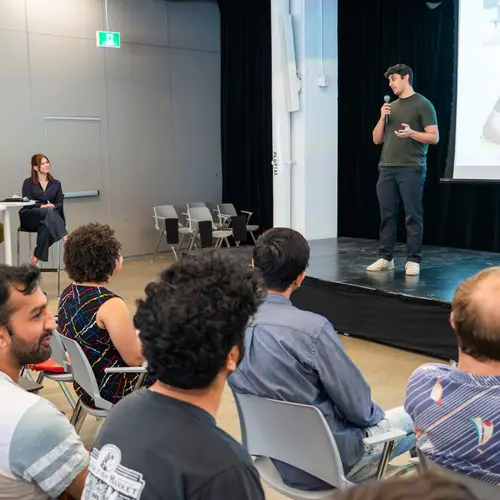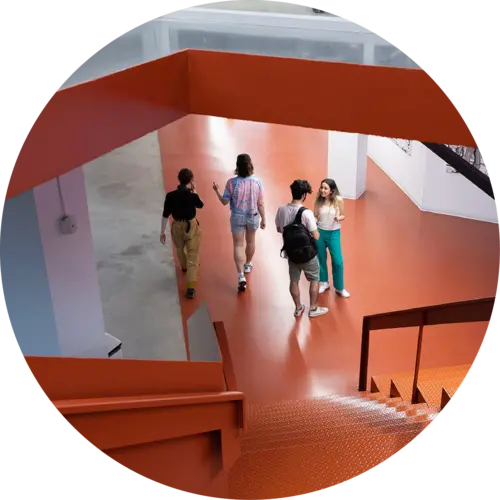
Elvis Dohmatob
Membre académique associé
Professeur agrégé, Concordia University, Département d'informatique et de génie logiciel
Chercheur, Meta Facebook AI Research (FAIR)
Sujets de recherche
Équité algorithmique
Optimisation
Robustesse antagoniste
Théorie de l'apprentissage automatique


